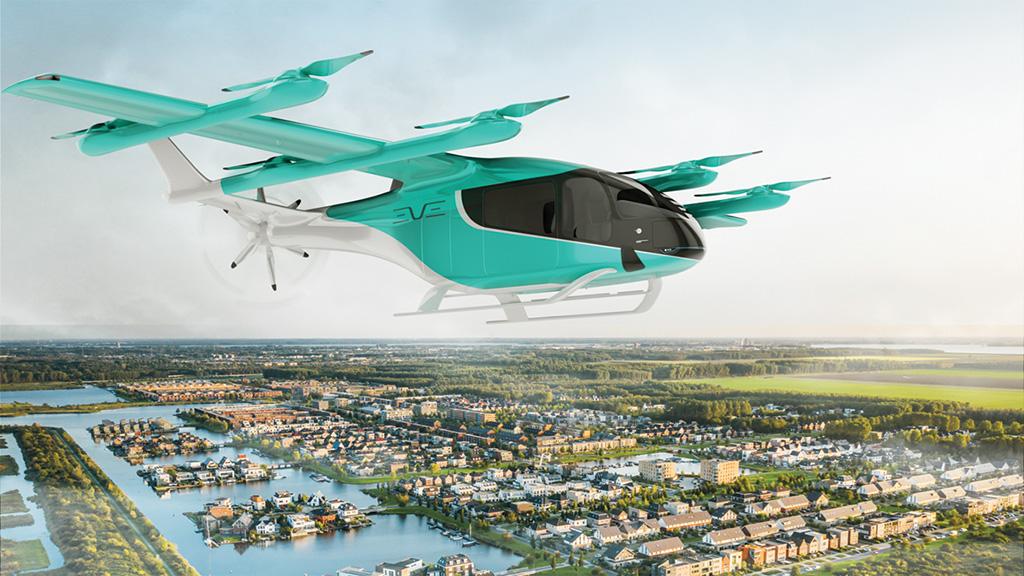
Eve in June unveiled a refined design and announced the battery, motor and propeller suppliers for its eVTOL. The Embraer spinoff has completed lift propeller tests on a truck-mounted rig and plans to begin assembly of its first full-scale prototype in the fourth quarter, aiming for a first flight early in 2024. With $307.7 million in total liquidity at the end of June, Eve is planning certification and entry into service for 2026.
Subscription Required
This content requires a subscription to one of the Aviation Week Intelligence Network (AWIN) bundles.
Schedule a demo today to find out how you can access this content and similar content related to your area of the global aviation industry.
Already an AWIN subscriber? Login
Did you know? Aviation Week has won top honors multiple times in the Jesse H. Neal National Business Journalism Awards, the business-to-business media equivalent of the Pulitzer Prizes.





